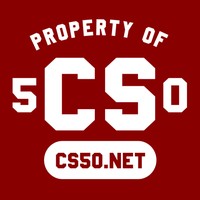Karamihan sa mga ecosystem tulad ng mga tindahan app ay alinman bukas o gawa. Ngunit bakit hindi maaaring magkaroon ng namin ang parehong? Mahusay, kaya namin — kailangan mo lang ng tatlong pandiwa: maglathala, makita, at katulad. Na napupunta para sa teknolohiya at anumang bagay.
Kadalasan mayroong dalawang mga pagpipilian kapag nais mong i-publish ang isang app: -publish ito sa isang bagay tulad ng iOS App Store (kung saan ang mga tao ay mahanap ang iyong app, ngunit Apple reviewer maaaring tanggihan ang iyong pagsusumite) o maglagay lamang ito sa iyong website (kung saan madali upang i-publish, ngunit walang garantiya ang sinuman ang makakakita nito.) Not the greatest set of options.
Isn’t there a way to combine the strengths of both of these to make for the best possible experience for both publishers and consumers? I think there is. It’s called an open and curated ecosystem. Let’s take a look at:
- What open at curated ecosystems are
- Examples of open and curated ecosystems
- What you need to make an open and curated ecosystem
- Examples of these ecosystems beyond just technology
and see if we can discover something about the power of crowdsourcing, innovation, and the three verbs maglathala, makita, at katulad.
Curated vs. open ecosystems
The iOS App Store and open internet, among others, are app ecosystems — places where apps can be published and found. And I think the big factors that differentiate one ecosystem from another are whether the ecosystem is open, where anyone can publish apps and whether it is curated, where the best apps rise to the top and users are assured quality apps. That’s the major difference between the iOS store and the internet at large, which I mentioned earlier.
Let’s look at examples of curated and open ecosystems and what differentiates them.









